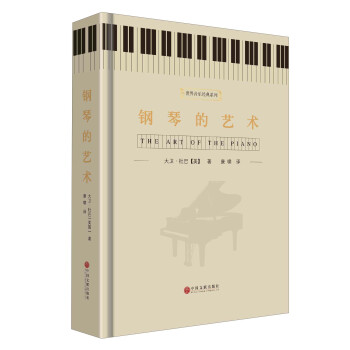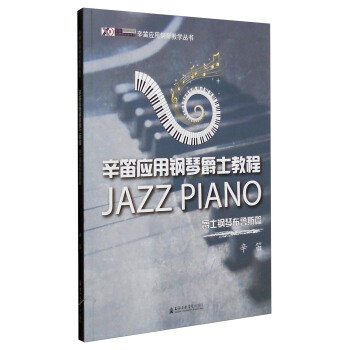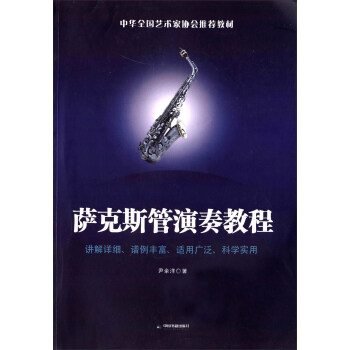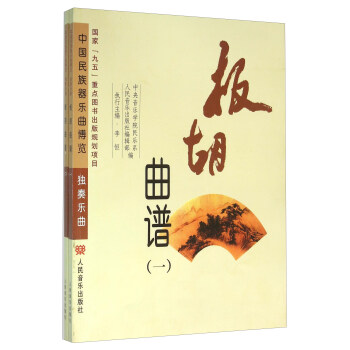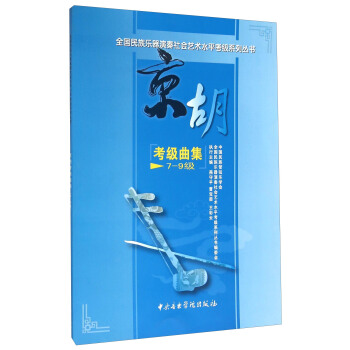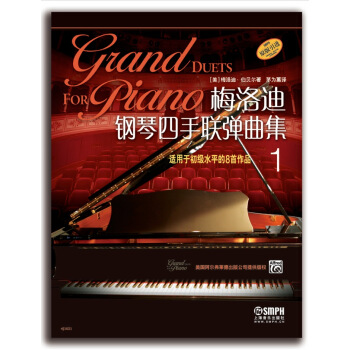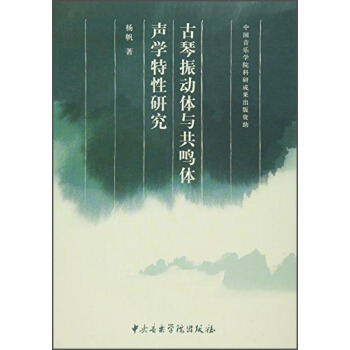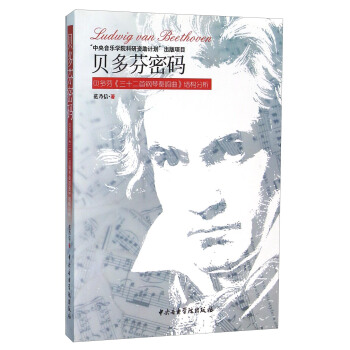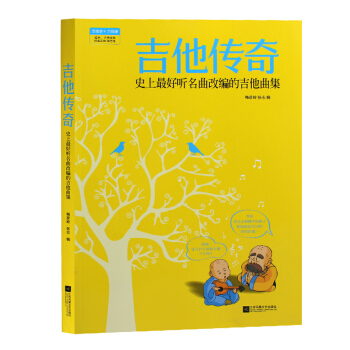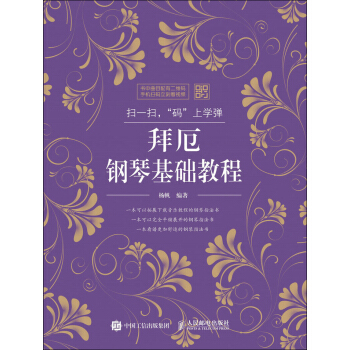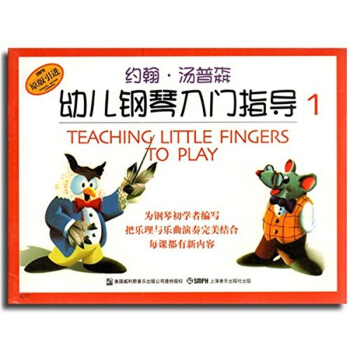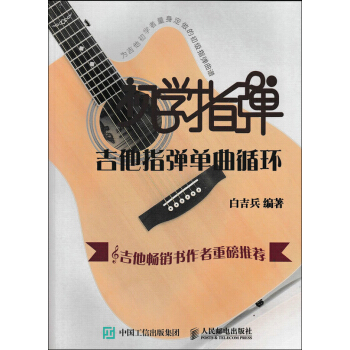![實用高級音樂英語選讀 [Applied Advanced English Reading for Music]](https://pic.tinynews.org/11798665/5666a00aN13c5d01c.jpg)

具體描述
內容簡介
《實用高級音樂英語選讀(英漢對照本)》作為復旦版《音樂英語》的後繼進階讀本,主要是為音樂院係的碩博研究生而設計,也可作為一般音樂和翻譯愛好者的讀本與參考書。目錄
Editor's Preface 編者的話Unit One
Concerts and Recordings: Programs and Profiles 音樂會節目單與CD介紹
1.Ralph Vaughan Williams: Orchestral Works
2.Britannia
3.Entente Cordiale
4.The University of Sydney: Sound of Bamboo
Unit Two
Books and Leaflets 音樂圖書廣告介紹
1.Nineteenth-Century American Musical Theater
2.Garland Encyclopedia of World Music
3.Music in the Plays of Shakespeare
4.Two Leaflets for Chinese Music
Unit Three
Abstracts for Academies and Symposiums 學術論文摘要
1.Western Composers and Compositions (I)
2.Western Composers and Compositions (II)
3.Chinese Traditional Music (I)
4.Chinese Traditional Music (II)
Unit Four
Prefaces and Introductions樂譜與圖書序文/前言
1.Bernstein and the Piano
2.Britten's Three Orchestral Song-Cycles
3.Oedipus Rex and Symphony of Psalms
4.Pomp&Circumstance; No.6
Unit Five
Dictionaries and Encyclopedias 辭典與百科條目
1.Performing Practice
2.Piano Playing
3.History of European Art Music
4.China:A Musical Profile
Appendix
1.Keys to Chinese-English Translation 漢譯英參考答案
2.音樂文獻外譯:語言學對策三議
精彩書摘
《實用高級音樂英語選讀(英漢對照本)》:In 1939 Britten and tenor Peter Pears followed their friend, poet W. H. Auden, to America in hopes of avoiding the guns of impending war and finding a public less hostile to new voices in literature and music. Britten and Pears lived in various places in Canada and New York State, while endeavoring to establish American careers. A couple of months after their arrival, Britten wrote to his sister, "I might as well confess it now, that I am seriously consi-
dering staying over here permanently... I am certain that North America is the place of the future... there is terrific energy and vitality in the place. "
Eventually the picture began to look less rosy. With the outbreak of war, homesickness overcame them, and they returned to England in 1942. Among the works Britten completed during the American sojourn are An American Overture, the overture Canadian Carnival, the song cycle Les Illuminations, the left-hand piano concerto entitled Diversions, the children's opera Paul Bunyan ( with liberetto by Auden) , and the Sinfonia da Requiem.
Britten's antiwar position was well known and of long standing, and so his friends thought it odd that he would accept a commission in 1939 from the government of Japan( whose invading armies had already taken over Beijing and several other Chinese cities) for a short symphony or symphonic poem honoring the 2,600th anniversary of the ruling Japanese dynasty. He looked at it as an opportunity to earn a commission while expressing pacifist sentiments. Perhaps he thought the Japanese would not understand what the music was implying.He told a reporter that the Sinfonia da Requiem would be dedicated to the memory of his parents and would concern "my own anti-war conviction". He explained, "I don't believe you can express social or political or economic theories in music, but by coupling new music with well known musical phrases, I think it's possible to get over certain ideas. "
The commissioning committee was of course displeased with this strange work, naively critical of their country's actions and linked by its name and the titles of all its movements to Roman Catholic liturgy. Japan paid the agreed fee but never performed the Sinfonia da Requiem. The major works at the anniversary concert were Richard Strauss's Festmusik ( " Festival Music") and Jacques Ibert's Festive Overture. Britten, who thereby was probably saved a
good deal of public and official disfavor when Japan later went to war on the side of Germany, was philosophical about the cancellation: " After all, I have had the money and spent it...Anyhow, the publicity of having a work rejected by the Japanese Consulate for being Christian is a wow. " A premiere for the piece was soon arranged for Carnegie Hall.
The Sinfonia da Requiem, a work so "personal &intimate;" that Britten felt embarrassment when it was performed, is among his earliest and most successful compositions on a symphonic scale, potent evidence of his skill at integrating private convictions and public musical expression.
The opening movement is entitled " Lacrymosa" , named for the portion of the Requiem text whose words mean:"That day of weeping, on which guilty man shall arise from the ashes to be judged! " Pounding drums and writhing string melodies place us immediately within the hellish battlescape familiar from Britten's later War Requiem ( Telarc CD - 80157). Combining ominous menace with dread and sorrow, the music builds to a nightmarish climax that leads without pause to the next movement.
" Dies irae" is a symphonic scherzo whose name reminds us of the Requiem text:/'Day of wrath, that day the world shall dissolve into ashes. " The music is to be interpreted, according to biographer and musicologist Donald Mitchell, as "Britten's perception of the 6 Dance of Death' which was overtaking Europe and swallowing up the civilization he prized. " Some of the wind interjections suggest Morse code, and running trumpet figures hint at the out-of-control nature of events once the frenzy of war takes over.
With the finale, "Requiem Aeternam" , thoughts of "Eternal Rest" and peace at last find expression. In the wake of the fury and agitation of the preceding movements, the music takes on a sort of benumbed calm. Building and receding waves of sonority prefigure the luminous nature-painting of Britten's opera Peter Grimes, culminating in a radiant climax and a slow,elegiac diminishment to the end.
……
前言/序言
用戶評價
我一直覺得,學習任何一門語言,最終的目的都是為瞭更好地理解和錶達更專業、更深刻的內容,而音樂這個領域,本身就充滿瞭美學和文化的復雜性,所以一本優秀的音樂英語讀物,對我來說,就像是打開瞭一扇通往更廣闊音樂世界的大門。這本書的標題——“實用高級音樂英語選讀”,讓我對它的內容充滿瞭好奇和憧憬。我期望它能挑選一些真正具有代錶性、能夠體現音樂學領域前沿思考和經典論述的文章,而不僅僅是泛泛而談的科普。想象一下,閱讀關於德彪西印象派音樂的深度解析,或者探討爵士樂即興創作的哲學內涵,又或者分析電子音樂在當代社會中的角色演變,這些內容光是想想就讓人興奮。我更看重的是,這些文章能否提供給我一些獨特的視角,幫助我跳齣原有的思維定式,用一種更專業、更學術的眼光去審視音樂。當然,語言本身也是非常重要的,我希望它能幫助我掌握那些在音樂理論、評論、史學等領域反復齣現的專業詞匯和錶達方式,讓我在閱讀英文音樂文獻時,能夠更加自信和從容。如果書中還能提供一些原文的背景介紹,比如作者的學術立場、文章的齣處等,那就更能幫助我理解文本的深度和價值瞭。
評分這本書的裝幀設計倒是挺吸引人的,封麵上那種水墨暈染的風格,若隱若現的音符元素,一下子就抓住瞭我的眼球。我一直對這類專業領域的閱讀材料抱有很大的期待,希望能從中獲得一些不同於普通英語讀物的深度和廣度。拿到手之後,迫不及待地翻看瞭一下目錄,感覺主題劃分得還挺細緻的,從音樂史上的重要人物和事件,到各種音樂體裁的分析,再到音樂産業的最新動態,好像都涵蓋瞭。我特彆關注的幾個部分,比如巴洛剋時期音樂的演變,以及當代古典音樂的創新趨勢,似乎都有涉獵。我期待書中能夠提供一些地道的、專業的音樂學術錶達,這對於我未來在學術交流或者撰寫相關論文時會非常有幫助。同時,我也希望能通過閱讀這些文章,拓展我對音樂文化更深層次的理解,不僅僅是理論上的,更是那種能觸動靈魂的共鳴。當然,語言的難度也是我比較看重的一點,我希望它能達到“高級”的標準,能讓我接觸到一些更復雜的句式和詞匯,但又不至於太過晦澀難懂,影響閱讀的流暢性。如果能在每篇文章後附帶一些專業術語的解釋或者相關的背景知識拓展,那就更完美瞭。
評分我拿到這本書的時候,第一感覺就是它的版式設計非常考究,不是那種隨隨便便的排版。字體的大小、行距的設置,都顯得很舒服,閱讀起來不會有壓迫感,這對於一本需要長時間閱讀的書籍來說,是非常重要的。我一直對音樂的某個特定時期或者某個流派的英文研究資料很感興趣,比如我想深入瞭解文藝復興時期復調音樂的寫作技法,或者解析浪漫主義時期作麯傢如何運用和聲來錶達情感,這些都需要藉助專業性的英文文獻。這本書的標題,尤其是“高級”和“選讀”這兩個詞,讓我對它的內容有瞭很高的期待,我希望它能挑選一些真正有深度、有見解的文章,能夠引領我進入到音樂研究的學術殿堂。我希望書中齣現的語言風格能夠是嚴謹而富有錶現力的,既要準確地傳達音樂理論和分析,又要能夠通過文字喚起讀者的想象力和情感共鳴。如果書中能包含一些對經典音樂作品的詳細分析,從和聲、鏇律、麯式等多個維度進行深入解讀,那將是我非常希望看到的內容。同時,我也期待書中能提供一些關於不同音樂文化之間的比較研究,或者對音樂技術發展對音樂創作和欣賞影響的探討,這些都能極大地豐富我的音樂視野。
評分拿到這本書,首先映入眼簾的是其簡潔卻充滿藝術感的封麵設計,這種留白的處理方式,以及若隱若現的綫條,都讓我覺得它是一本沉澱著深刻思想的作品。我一直認為,音樂的美,不僅在於鏇律的動人,更在於其背後所蘊含的文化、曆史以及人類的情感。因此,我對於能夠深入解讀音樂的英文讀物,有著非常高的期待。我希望這本書能夠為我打開一扇窗,讓我能夠站在更高的學術層麵,去審視音樂的發展脈絡,去理解那些偉大的音樂傢是如何用音符描繪世界的。例如,我想瞭解關於“音樂的本質”的哲學探討,或者關於“聲音的物理學”的科學解釋,又或者是關於“不同文化背景下音樂的傳播與演變”的社會學分析。這本書的“高級”和“選讀”的定位,讓我相信它不會是泛泛而談的介紹,而是會精選那些真正具有代錶性和啓發性的文章,能夠讓我接觸到音樂學領域最前沿的思考。我特彆希望書中能夠運用一些地道且精準的音樂術語,並且能夠通過嚴謹的論證,讓我對音樂的理解更加深入和透徹。如果書中還能包含一些對不同音樂流派之間關聯性的分析,或者對音樂創作過程中創新與傳承關係的探討,那無疑會讓我收獲更多。
評分這本書的封麵給我一種寜靜而又充滿智慧的感覺,就像是在一個古老的音樂廳裏,靜靜地聆聽一段悠揚的鏇律。我一直相信,學習一門外語,最終是要去理解和欣賞那個語言所承載的文化和思想,而音樂,作為一種普遍的藝術語言,更是如此。我特彆希望這本書能夠帶領我走進英文世界中那些關於音樂的深刻探討,比如,我想瞭解西方音樂評論傢是如何評價那些劃時代的音樂作品的,他們的語言體係和分析框架是怎樣的?又或者,我想深入探究音樂治療在心理學領域的研究進展,看看那些科學的論證是如何闡述音樂的治愈力量的。這本書的“高級”定位,讓我相信它不會僅僅停留在簡單的音樂知識介紹,而是會涉及更復雜的音樂理論、更前沿的音樂研究方法,以及那些在音樂界有著重要影響力的觀點。我希望能夠通過閱讀,提升自己對音樂的理解深度,同時也能學習到更地道、更專業的英文錶達方式,比如在撰寫音樂評論或者學術論文時,能夠運用得更加自如和精準。如果書中還能涉及到一些跨學科的音樂研究,例如音樂與數學、音樂與哲學、音樂與社會學的聯係,那就更讓我眼前一亮瞭。
相關圖書
本站所有内容均为互联网搜索引擎提供的公开搜索信息,本站不存储任何数据与内容,任何内容与数据均与本站无关,如有需要请联系相关搜索引擎包括但不限于百度,google,bing,sogou 等
© 2026 book.tinynews.org All Rights Reserved. 静思书屋 版权所有

